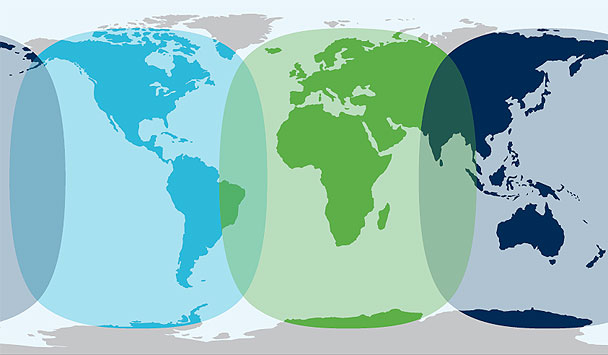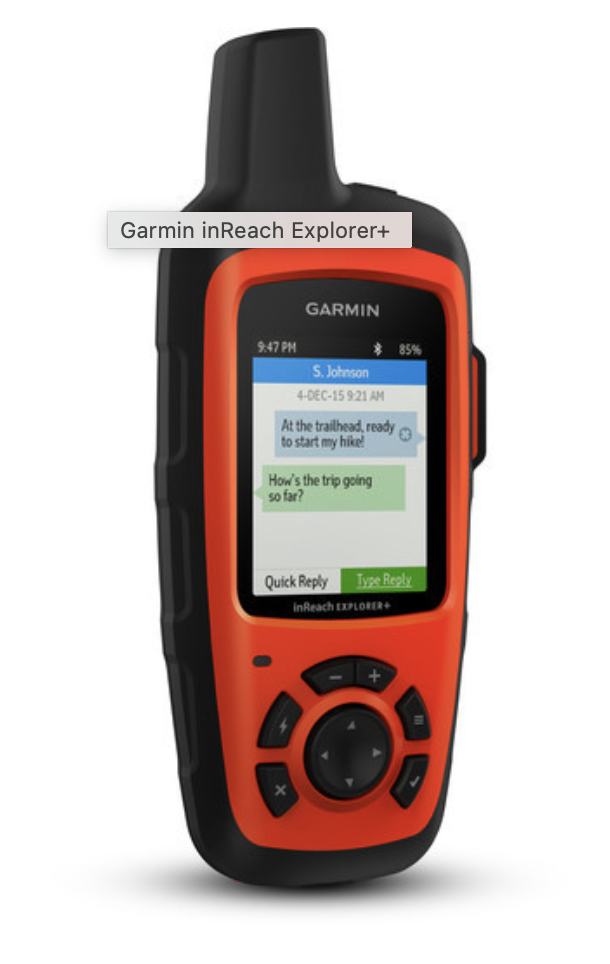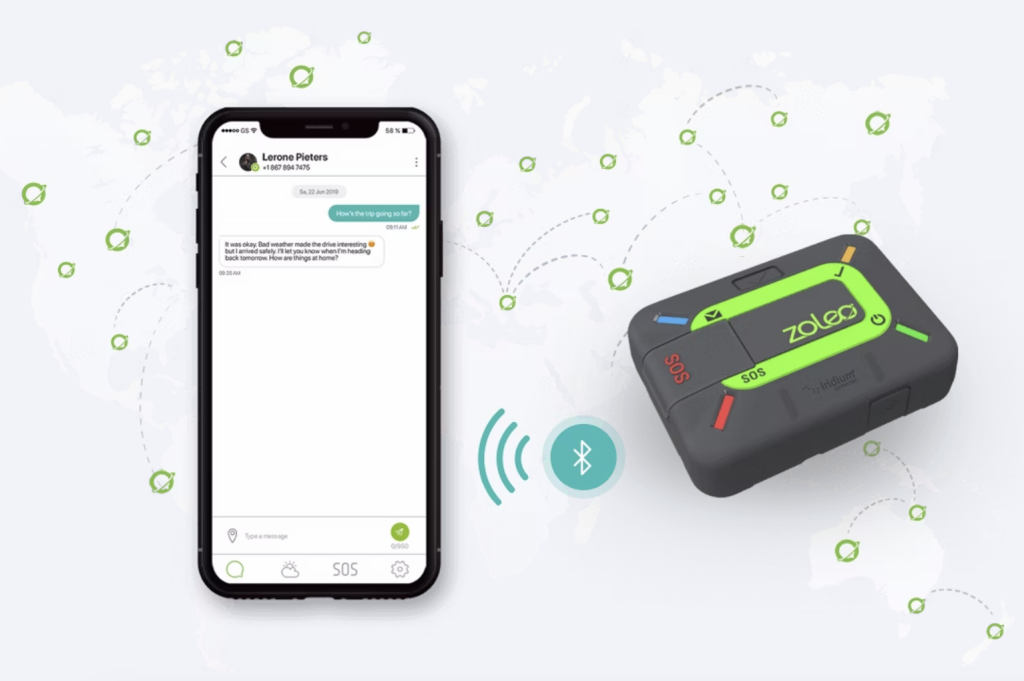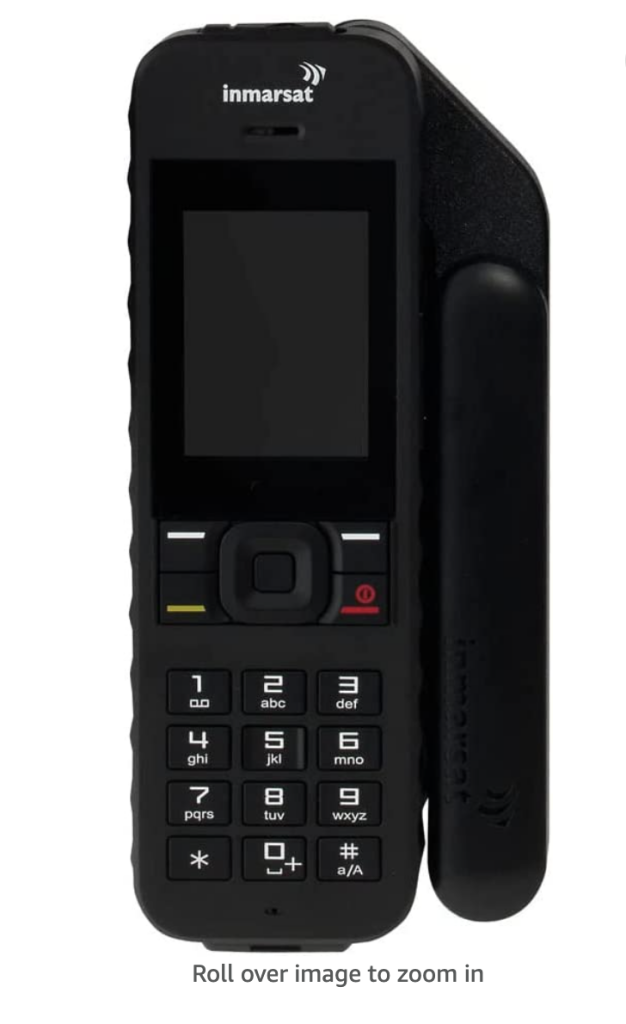Communication is one of the biggest pain points for Partners of Commercial Fishermen (POCFs) because it is always challenging. More often than not, there are a lot of missed or dropped calls and static conversations unless there is satellite or wifi connection on the boat.
Even then, it’s iffy.
However, depending on the fishery, some report better signal from cell phone companies. Overall, it’s a crapshoot, and we know how frustrating it can be.
Although trying to reach our fishermen can feel torturous at times, imagine what it was like pre-cell phones, the way Jenny Gore Dwyer of Deadliest Catch had to do it:
“If you wanted to call someone to commiserate with, you only had the marine operator, and everyone could hear your conversation. Your other option was to get in line for the payphone when you were in town, where everyone could listen to your conversation,” Jenny said. “Plus, it was hard to whine and complain when ten people are waiting to use the phone, and they can hear you! So, you learned to figure it out on the boat.”
Whew! What a pain! Especially since many fishermen aren’t off the boat for months.
On the flip side, being too connected may cause more stress:
“Not sure what is better,” one POCF said. “Checking the map every two seconds because that's the only update you get with them out of contact or having nothing. Both are equally frustrating.”
I must remember that Chris and I have a lousy connection. Sure, repeatedly asking, “Can you hear me now” gets old, but knowing our partners are alive is all we truly need. Right?
I polled our private community to find the top ways to connect long distance, and there’s an overwhelming agreement on several devices. Let’s dive in!
Garmin InReach
Chris and I use an InReach during the spiny lobster season and when he fishes Bristol Bay. The Garmin InReach is a "two-way satellite communicator that works where cell phones don't. It uses the Iridium satellite network with pole-to-pole coverage to send and receive data."
To break it down, Chris texts me using his cellphone connected to the InReach via Bluetooth. It’s a subscription service, but you can sign up for the months you’ll actually use it instead of an entire year — flexible that way.
To note, it’s a messaging device, so you cannot call or receive calls. Just straight-up messages, which is fine by me. It also acts as an SOS beacon, giving extra peace of mind to those holding down the fort. Here’s what another POCF had to say:
“We use the Garmin InReach Satellite device. He can text from almost anywhere. It's fun because it tracks every stop and start, so I can see where they drop pots. Most importantly, it is a waterproof emergency beacon that he carries on him. It can pinpoint his exact location and notify the USCG. It clips to his rain gear.”
ZOLEO
ZOLEO is the second most favorite, even preferred by some in our community over InReach and satellite phones.
To clarify, this isn’t a satellite phone, more of an “extender” for your current phone to message (no voice calls) anywhere on the planet. Download the free app before leaving port to sync the device, and you’re good to go.
It’s much more affordable at $199 for the device and comes with monthly plans. ZOLEO is about the size of a playing card and the width of a cell phone. Here are some reviews from POCFs who use and love it:
“We did Inreach, but we like ZOLEO better. It works on an Iridium satellite, and it's fifty a month. Much easier than Garmin, but it works better for me than for him. I don’t know if that’s because he is at sea or because he is less of a techie.”
Another:
“My husband has ZOLEO, but we’ve heard good things about InReach. He has a satellite phone too, but most of the time, it seems not to work. He has AT&T for cell service and seems like there was more service this season than before. He was able to call and text at times when you’d think he would be way out of range.”
And one more:
“AT&T impressed me the year he was in Adak, and he had a great signal!”
Inmarsat IsatPhone
Another favorite is the Inmarsat. It’s more spendy (around $1000 for the device) but allows voice calls, messaging, SOS alerts, and tracking with “near-global coverage.” It also works in prepaid or monthly subscriptions, with flat-rate calling charges around the globe (no roaming charges!). Here’s what another trusted POCF had to say:
“We did buy our own satellite phone recently due to me being preggo! He can text and also send me his location. We got the Inmarsat, and it’s about 100 a month.”
I hope this list is helpful for the upcoming seasons. If you’ve used these devices or others not listed, how do you best communicate with your family back home? Which tools work best for you? We’d love to know! Please share in the comments section.
As always, be safe out there, and happy fishing – we appreciate all you do!










